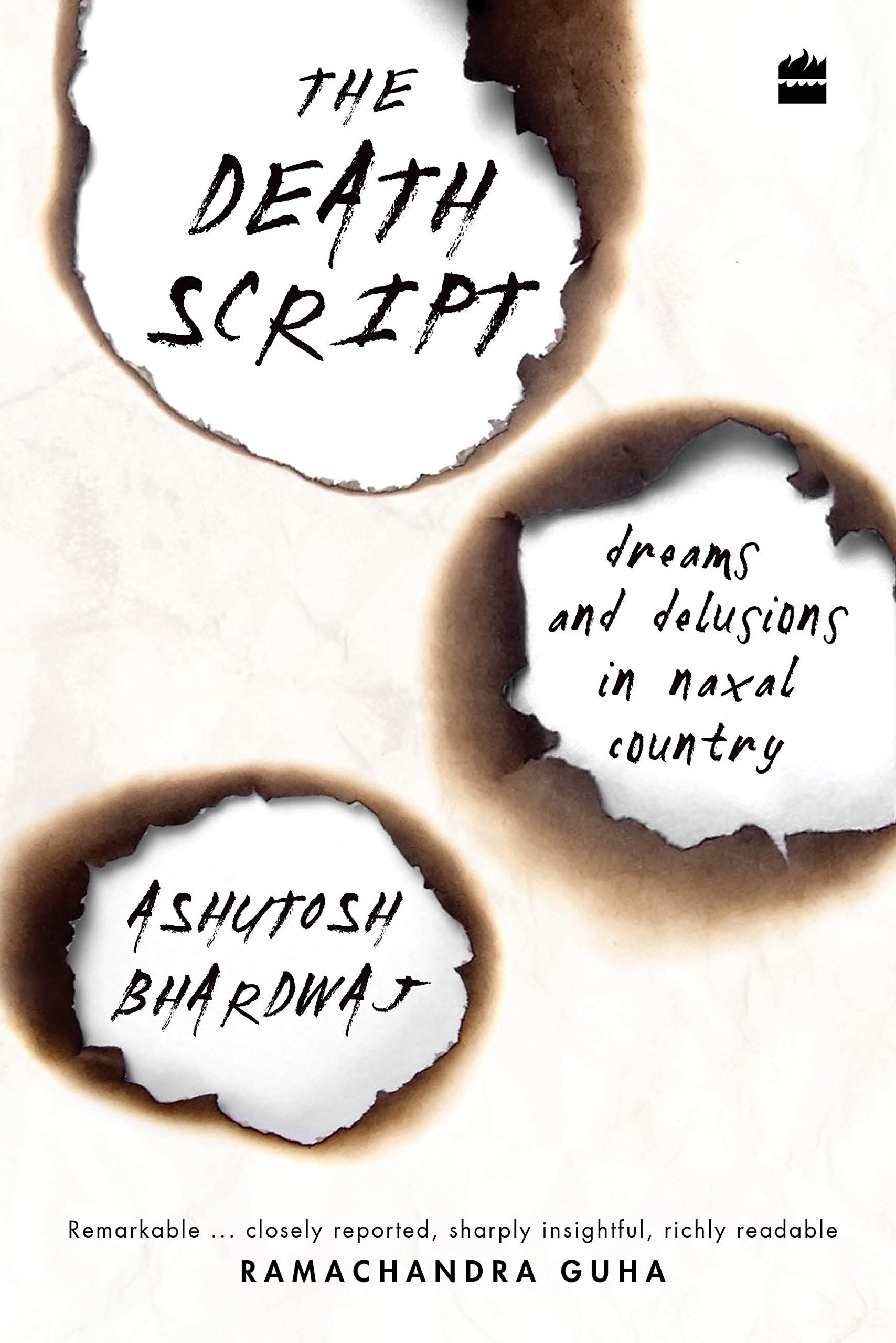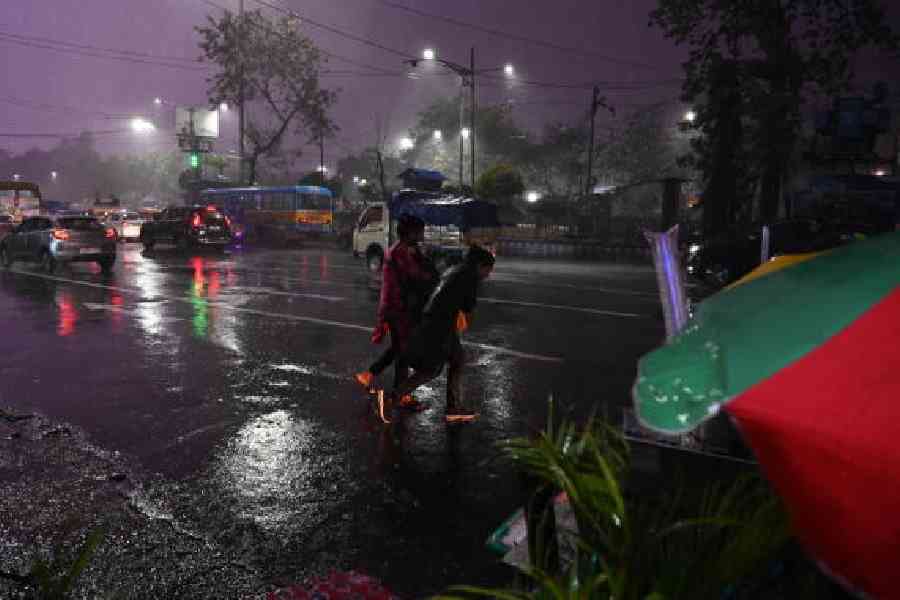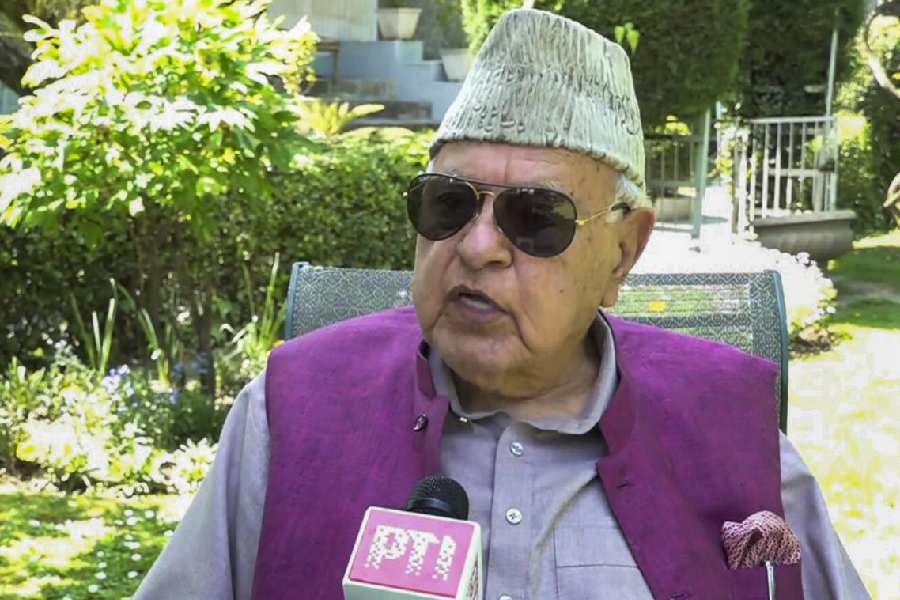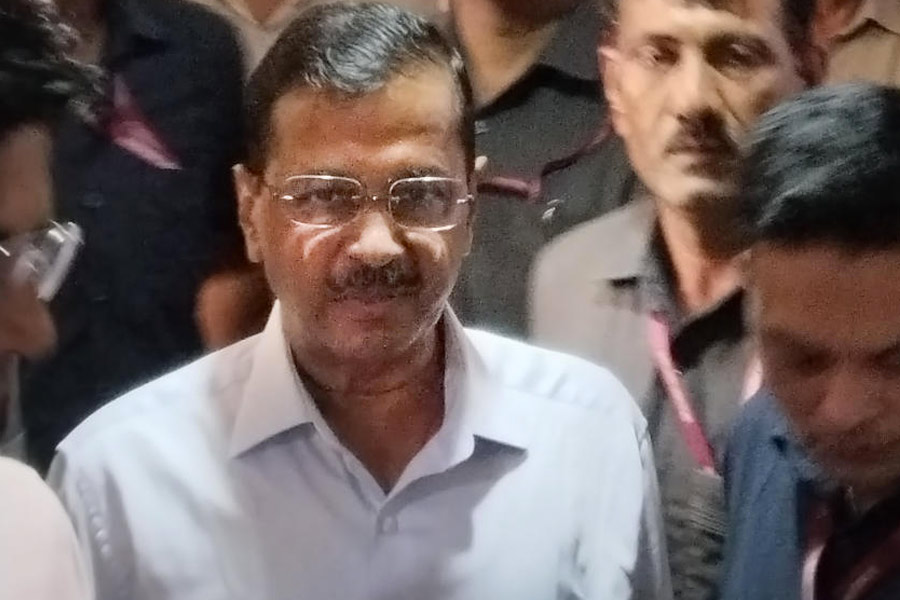Book: The death script: Dreams and delusions in Naxal country
Author: By Ashutosh Bhardwaj,
Publisher: HarperCollins
Price: Rs 599
In ‘New India’, where empathy has been practically outlawed, The Death Script, the third book of the journalist-turned-fiction-writer and literary-critic, Ashutosh Bhardwaj, is a brave enterprise. The dominant voice is empathetic. Bhardwaj thus runs the risk of being branded ‘urban Naxal’ for presenting the picture of Naxals as he saw them — fellow humans blinded by a cause they themselves know will not be realized in their lifetime but for which they are, nevertheless, willing to kill and maim, sometimes with unmentionable barbarity.
Spun out of his experience as the Chhattisgarh correspondent of The Indian Express between 2011 and 2015, the book draws out the plight of the adivasis of Dandakaranya, which literally translates into ‘jungle of punishment’. Cannon fodder for the Naxal movement, the adivasis are also the collateral damage of Maoism on its collision course with the State. They may parrot the ‘isms’ taught in party schools but what really resonates with them is the “jal, jungle aur jameen” slogan to assert their right over their land.
Bhardwaj’s empathy extends to all stakeholders, including the police. In this, he differs with artists and intellectuals who profess a “compulsive distrust” of the uniformed services. Absolutely convinced that the State is justified in trying to end the armed struggle, where this journalist disagrees with the approach of successive governments at the Centre and in states is in the collective failure to start a conversation with the Maoists or “bring independent people to participate in the peace process — not realizing that it is these people who create a buffer zone between the state and insurgents and push both sides to shed their rigidity and come to the table”.
Apart from a detailed account of his three-week-long trek in the jungles of Abujmad along with Maoists in the hope of an interview with the then CPI(Maoist) general-secretary, Ganapathy — it did not materialize eventually — Bhardwaj dwells on the role of women in Naxal squads, the fate of those who surrender to return to normal life as opposed to those who turn informers (gopaniya sainiks), the fear of death stalking security personnel, adivasi life, the Salwa Judum, and some of the high casualty blasts/encounters that took the body count in his diary to the vicinity of 200 in three years, including the one that wiped out some prominent Congress leaders.

The death script: Dreams and delusions in Naxal country by Ashutosh Bhardwaj, HarperCollins, Rs 599 Amazon
Politics and violence apart, Bhardwaj’s ringside view also provides interesting anecdotes that bring out the reach of cricket and Patanjali products in areas where the government itself is yet to reach; abortions and vasectomies keep the revolution going as motherhood is not an option for guerrilla women.
While Bhardwaj’s assessment of the situation on the ground does come through in a narrative rendered in multiple voices, the book also brings out the reporter’s dilemma in dealing with death that he witnesses on a regular basis. In the heat of the moment and in the rush to meet deadlines, journalists feel like vultures feeding on corpses. The Death Script maps Bhardwaj’s transition from being reluctant to photograph corpses, even if it was necessary to back his story up, to taking pictures from every angle.
The Death Script is more than a reporter’s diary, written with the luxury of space that a newspaper seldom allows. Bhardwaj has experimented with style and the book is not just a linear text. Attempting the literary trope of presenting non-fiction with numerous references to his own reading list, he seems to have employed the stream of consciousness technique that makes it a bit difficult to keep up with a narrative jumping back and forth in time and space and from first to second to third person, not necessarily in that order.










